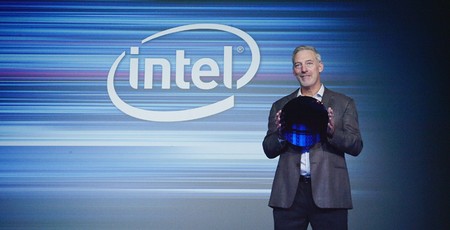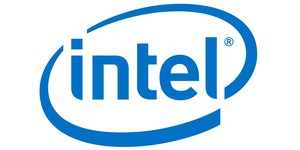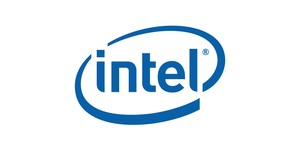
Intel chief executive Bob Swan has blamed the company's struggles reaching a 10nm process node on setting too aggressive a goal - but claims that 7nm is only two years away, taking the company 'back to the historical Moore's Law curve.'
Moore's Law, named for Intel co-founder Gordon Moore, is the observation that the number of transistors on a leading-edge semiconductor part trends towards a doubling every 18 months. In order to support that growth without ending up with processors the size of football fields, semiconductor companies have been working for decades on making the transistors and other components ever smaller - known as a 'process node shrink.' In most cases, including until relatively recently that of Intel, this led to a tick-tock development process: A new microarchitecture would be built on an existing process node, then the next release would be the same microarchitecture with minor tweaks implemented on a smaller process node.
This worked for years, but as components got smaller the laws of physics began to rear their ugly heads: Intel's 10nm process, a shrink from its previous 14nm, was originally due to launch in 2015 before being delayed and putting an end to Intel's shrink-every-two-years tick-tock development cycle. In 2017 Intel claimed it had fixed the problems on its 10nm node, showing off its first 10nm wafer - but in 2018 pushed volume production again to 2019 with high-performance server parts not due until 2020. The problems have been so severe the company was rumoured to be abandoning it altogether, a rumour it denied, but now appears to be finally hitting its stride for commercial release by the end of the year - albeit initially for mobile parts.
Intel chief executive Bob Swan, who took over the role in January this year after having worked as interim CEO following the departure of Brian Krzanich, has blamed the company's struggles on its aggression. Speaking at the Fortune Brainstorm Tech Conference, Swan claimed that 'At a time when it was getting harder and harder, we set a more and more aggressive goal. From that, it just took us longer. [We] prioritised performance when predictability was really important.'
Swan is confident the company's errors are behind it, however. 'The short story is we learned from it,' he told attendees at the event, '[and] we'll get our 10nm node out this year. Our 7nm node will be out in two years and it will be a 2.0x scaling, so back to the historical Moore's Law curve.'
Intel's competitors, meanwhile, are gaining ground: Long-standing rival AMD recently released its third-generation Ryzen processors, based on the Zen 2 architecture and built on a 7nm process node. Direct comparison between node sizes, however, is difficult owing to companies having abandoned any standardised means of measuring said nodes: One semiconductor company's 7nm node may have components larger than its rival's 10nm, leading to some opting for a vague '7nm-class' designation.

MSI MPG Velox 100R Chassis Review
October 14 2021 | 15:04








Want to comment? Please log in.